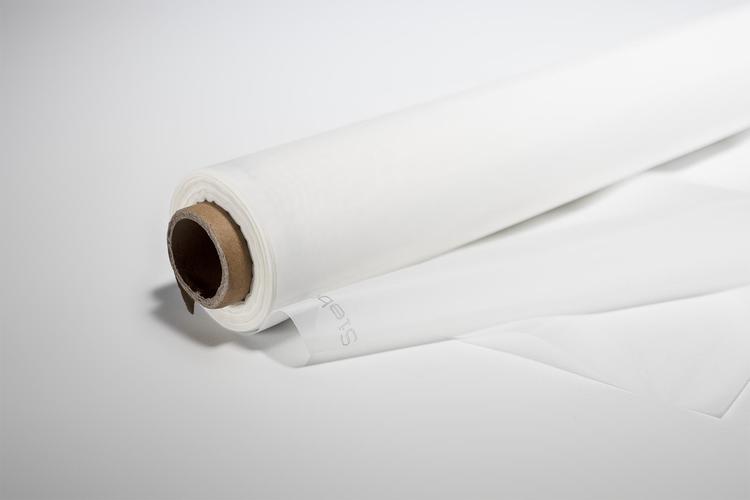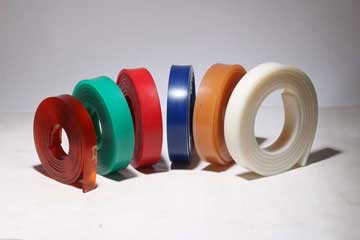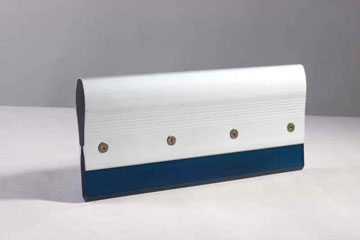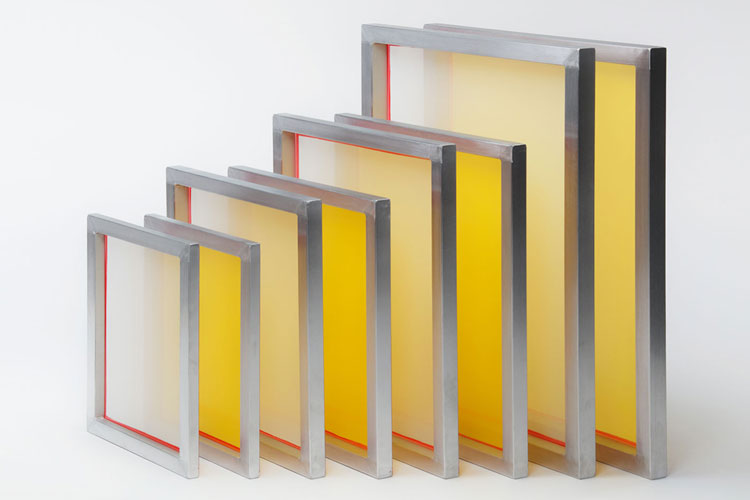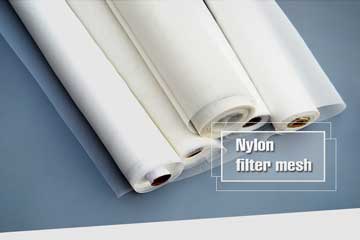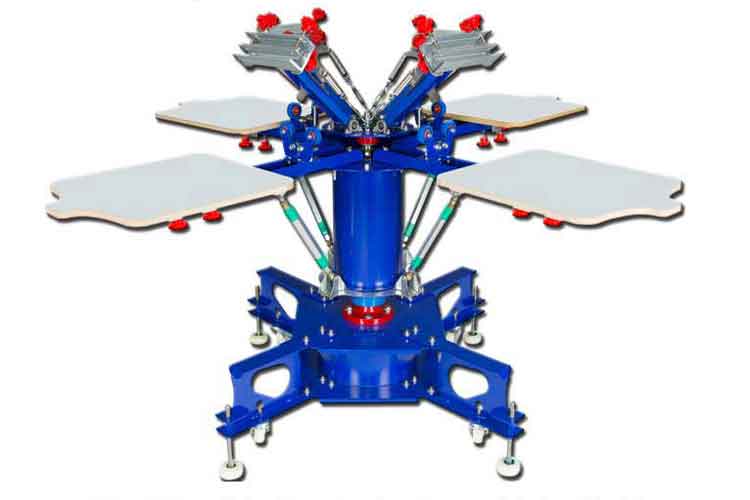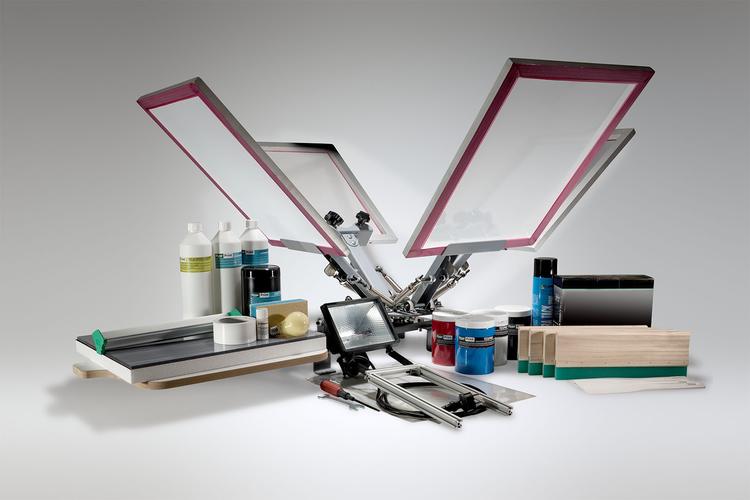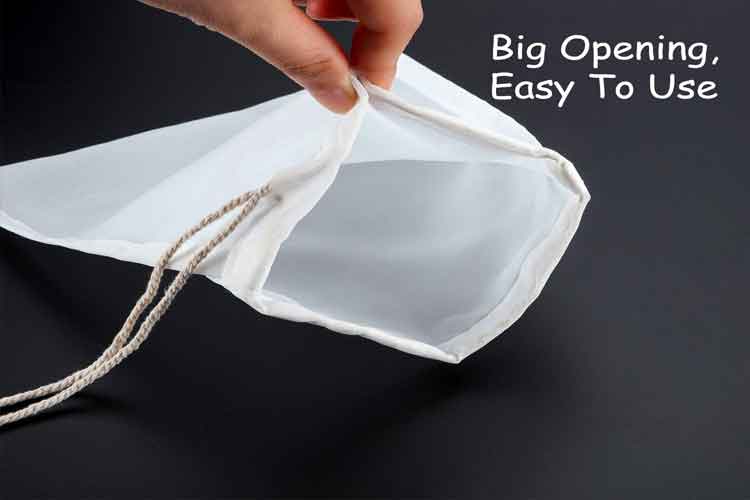The Ultimate Guide to Liquid Filter Bags: Materials, Applications, and Key Features
Liquid filter bags are essential tools used across multiple industries to remove particulate matter from liquids. These bags come in a variety of sizes, materials, and micron ratings, making them highly adaptable to specific applications like water tr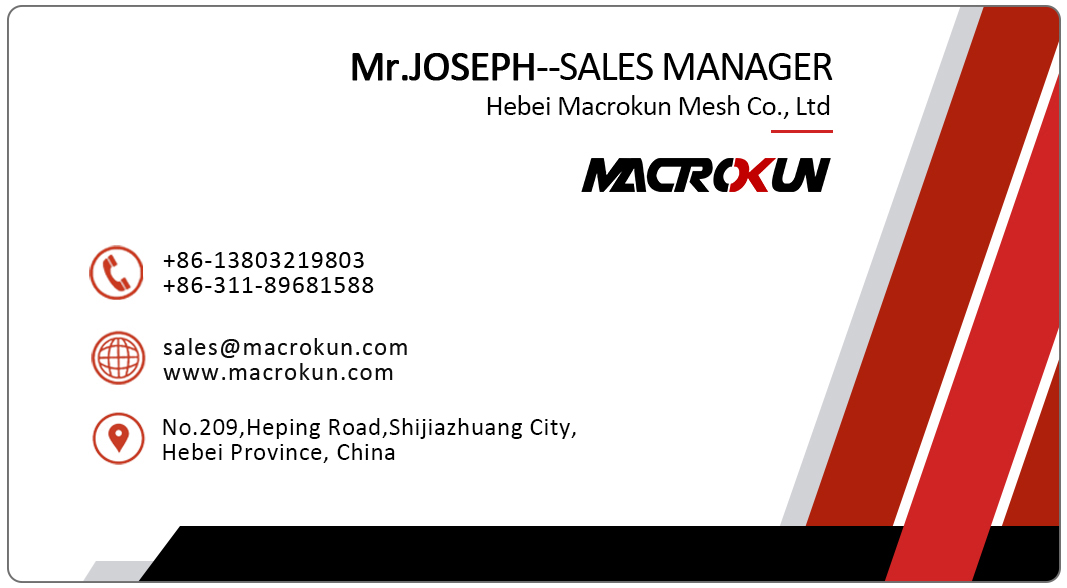
Liquid filter bags are an essential tool used across multiple industries to remove particulate matter from liquids. These bags come in a variety of sizes, materials, and micron ratings, making them highly adaptable to specific applications such as water treatment, food and beverage production, and industrial processes. In this article, we will explore key aspects of liquid filter bags, including filtration types, material selection, and common applications.
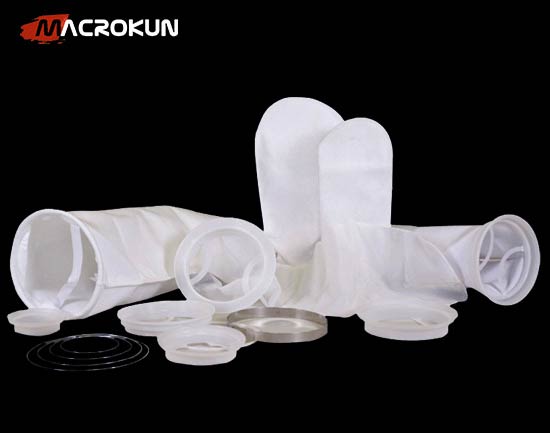
What are liquid filter bags?
Liquid filter bags are a filtering tool that captures contaminants and particles from liquids as they pass through the bag. The size of the particles that can be captured depends on the micron rating of the bag. Common uses for these filters include removing sediment from water, filtering oils from industrial processes, and ensuring the cleanliness of liquids used in food and beverage manufacturing.
Materials Used in Liquid Filter Bags
One of the most important factors in choosing the right liquid filter bag is the material, as it determines the durability, chemical compatibility, and filtration efficiency of the bag. The most common materials include:
- Polypropylene (PP): Polypropylene is known for its chemical resistance and is widely used in industries such as chemical processing and food manufacturing. It can withstand temperatures up to 275°F and meets FDA food contact regulations, making it a popular choice for food and beverage filtration.
- Polyester (PE): This material has broad chemical compatibility and is available in both felt and mesh forms. It is used in industries ranging from water treatment to industrial processing due to its strength and high temperature resistance.
- Nylon Monofilament: Nylon monofilament is ideal for fine filtration, with high tensile strength and precision. It is often used in applications that require precise particle retention, such as pharmaceuticals and biotechnology.
- Nomex: Nomex filter bags are used in high temperature applications and are designed to withstand extreme industrial environments.
Liquid Filter Bag Types of Filtration: Nominal vs. Absolute
When choosing a liquid filter bag, you’ll encounter two primary types of filtration:
-
Nominal Filtration: Designed to capture most, but not all, particles above a specified micron rating. Nominal filters are suitable for applications where near-complete filtration is not required, such as general industrial processes.
-
Absolute Filtration: Guarantees the capture of almost 100% of particles at or above the specified micron size. These filters are used in critical applications like pharmaceutical production, where ultra-clean liquids are required.
Filtration Methods: Surface vs. Depth
There are two main filtration methods used in liquid filter bags:
- Surface filtration: This method is used with mesh filter bags and captures particles on the surface of the bag, making it easier to clean and reuse. It is ideal for capturing larger particles and is used in applications such as coolant filtration or gel removal.
- Depth filtration: Depth filtration is common in felt filter bags and captures particles throughout the thickness of the material, increasing the dust holding capacity of the bag. This method is ideal for liquids containing solid and colloidal contaminants.
Micron Rating: How to Choose the Right Liquid Filter Bag
Liquid filter bags are typically available in micron ratings from 1 to 1500 microns, depending on the level of filtration required. Lower micron ratings correspond to finer filtration:- 1 to 10 microns: Used in critical applications where very small particles need to be captured, such as pharmaceutical or high-purity chemical processes.
- 10 to 50 microns: Common in the food and beverage industry, where moderate filtration is needed to remove contaminants without affecting product quality.
- 50 to 1500 microns: Suitable for applications such as industrial water treatment or paint and coating filtration, where larger particles need to be filtered out.
Common Applications of Liquid Filter Bags
Liquid filter bags are used in a wide variety of industries, thanks to their adaptability and efficiency. Below are some of the most common applications:
-
Water Treatment: Liquid filter bags play a vital role in removing sediments, contaminants, and suspended solids from groundwater, wastewater, and industrial water before it is reused or discharged.
-
Food and Beverage: In applications like wine and beer filtration, liquid filter bags help remove unwanted particles, ensuring product clarity and quality. They are also widely used in the production of soft drinks, dairy, and edible oils.
-
Industrial Processes: Industries such as chemical manufacturing, automotive, and paint production rely on filter bags to remove dirt, oil, and other contaminants from process fluids. These bags help ensure product consistency and protect equipment from damage.
Liquid Filter Bag Construction Features: Rings, Handles, and Seams
To ensure effective filtration, liquid filter bags are designed with various construction features:
-
Rings: The top of the filter bag often features a steel or plastic ring that creates a tight seal when the bag is installed in a filter housing. Options like V-ring or snap-seal rings ensure there is no bypass of unfiltered liquid, even at high temperatures.
-
Handles: Some filter bags come with handles to make them easier to remove from filter housings, especially in high-flow or large-scale industrial applications.
-
Seams: Liquid filter bags can have sewn or welded seams. Welded seams provide better durability, particularly in demanding applications involving high pressure or temperature(The Filter Factory)(Global Filter).
Liquid Filter Bag Compliance and Certifications
For industries such as food, beverage, and pharmaceuticals, compliance with FDA Title 21 CFR regulations is essential. These guidelines ensure that the materials used in liquid filter bags are safe for food contact, do not shed fibers, and do not leach harmful substances into the liquid(
Liquid Filter Bags Conclusion
Selecting the right liquid filter bag depends on the specific needs of your industry, including the type of liquid to be filtered, the contaminants involved, and the micron rating required. By understanding the materials, filtration methods, and application requirements, you can select filters that provide optimal performance, durability, and efficiency. Whether used for water treatment, food production, or industrial processes, liquid filter bags are versatile solutions that ensure the cleanliness and quality of liquids in a variety of applications.
Next:The Benefits of Using a 400 Micron Filter Bag for Efficient Filtration
Tags:
